Rome, Italy – July 2025: Iveco Defence Vehicles (IDV) has secured a three-year contract to lead a major Concept Development and Experimentation (CD&E) program for Integrated Robotic and Autonomous Systems (RAS), aimed at transforming the battlefield capabilities of NATO-aligned militaries. The initiative focuses on integrating Uncrewed Ground Vehicles (UGVs) and Uncrewed Aerial Systems (UAS) into a cohesive, interoperable force coordinated through an advanced Command and Control (C2) architecture.
The program requires RAS elements to operate over distributed network nodes in complex warfighting environments. Under IDV’s leadership, a consortium of NATO-country technology partners—LEM, SIRALAB, and REBEL ALLIANCE—will contribute cutting-edge solutions to accelerate autonomous warfare capabilities.
“This program is about developing and validating the next generation of robotic warfare tools in close collaboration with end users,” IDV said in a statement. “We aim to deliver a game-changing integrated RAS capability optimized for operational advantage, mission efficiency, and risk reduction.”
Table of Contents
ToggleField-Driven Innovation and End-User Engagement
The CD&E effort will be deeply embedded with military end users, including the Italian Army and other NATO Armed Forces, across a variety of operational scenarios designed to evaluate and refine RAS doctrine.
Initial test cases include:
- Resupply and CASEVAC / Forward MEDEVAC
- Lines of Communication Route Reconnaissance
- Intelligence, Surveillance, Target Acquisition and Reconnaissance (ISTAR)
- Manned-Unmanned Teaming (MUM-T) for convoy and vehicle recovery missions
IDV will field its advanced land autonomy solutions such as the VIKING UGV and the LMV Optionally Uncrewed (OU) vehicle. The LMV OU, a combat-proven light multirole platform, can be operated manually, via teleoperation, or fully autonomously, and can be configured with a variety of mission payloads.
Modular, Interoperable C2 Backbone
A key deliverable of the program is a common, modular C2 system capable of coordinating multiple autonomous platforms in real-time across dynamically changing battlefield conditions. The goal is to validate interoperable architectures that allow NATO units to seamlessly integrate unmanned systems into coalition operations.
Through iterative experimentation and close user feedback loops, the program will refine both technological solutions and operational concepts, ensuring relevance to real-world military needs.
The contract signals a strong vote of confidence in European-led autonomous defense innovation and strengthens NATO’s push toward next-gen warfare systems that are networked, unmanned, and resilient.
Javeria Sajid is an Aerospace Engineering student from NUST with a background in technology and a sharp focus on the global political landscape and defence innovation. She writes to make complex defence technologies understandable, and aspires to bridge journalism, policy, and engineering in her work.
- Javeria Sajidhttps://defensetalks.com/author/javeria-sajid/
- Javeria Sajidhttps://defensetalks.com/author/javeria-sajid/
- Javeria Sajidhttps://defensetalks.com/author/javeria-sajid/
- Javeria Sajidhttps://defensetalks.com/author/javeria-sajid/


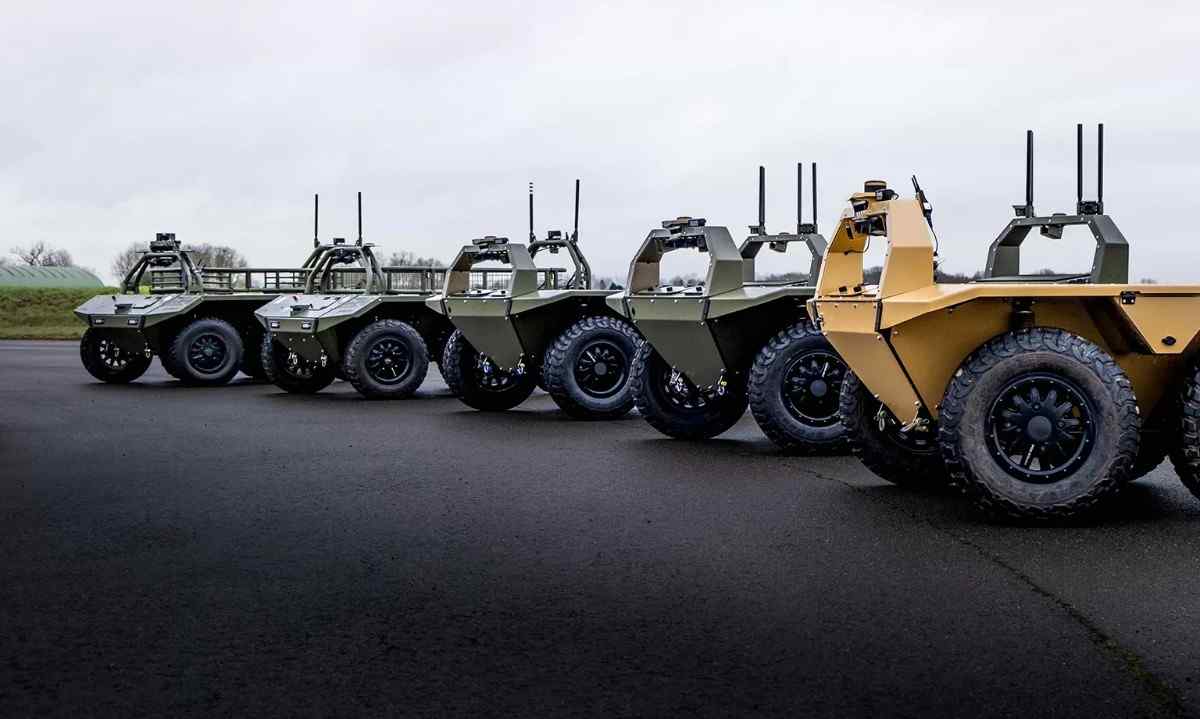


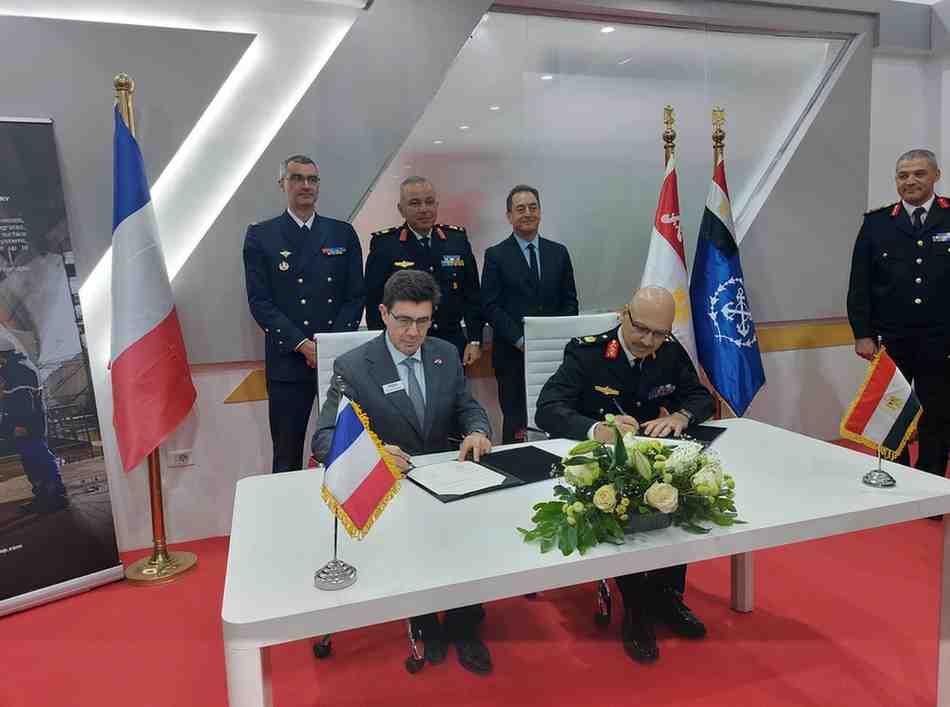
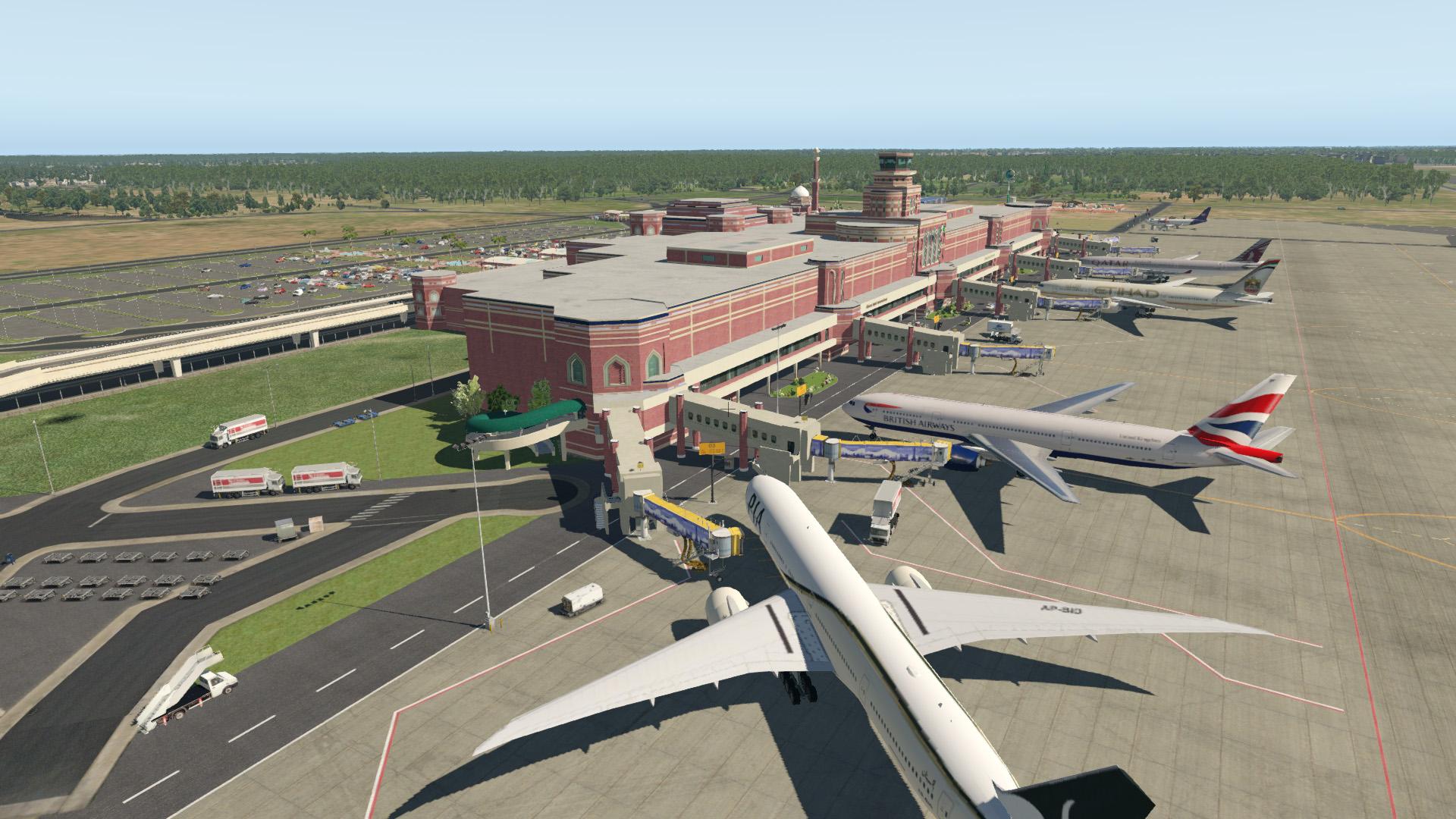
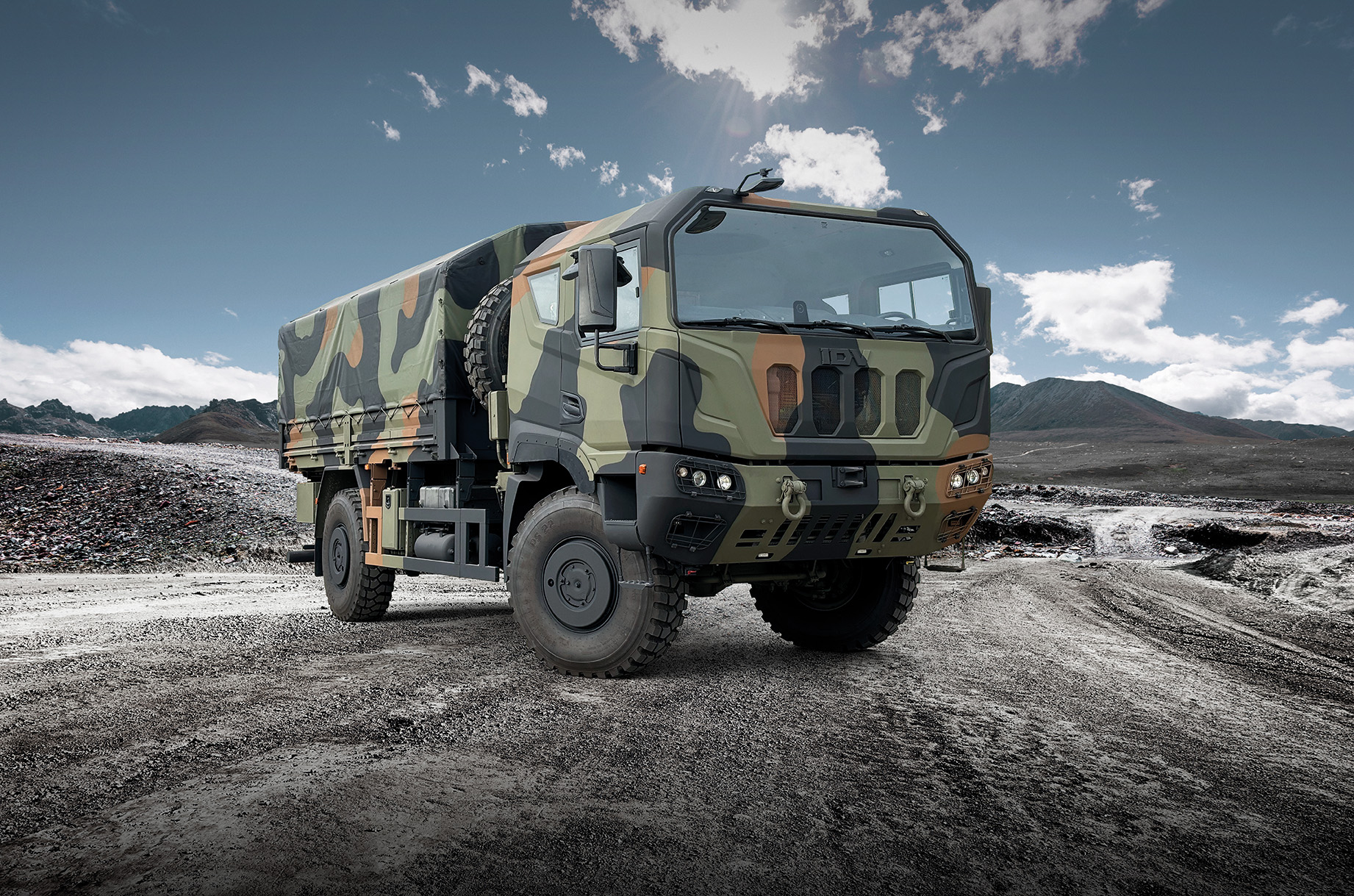
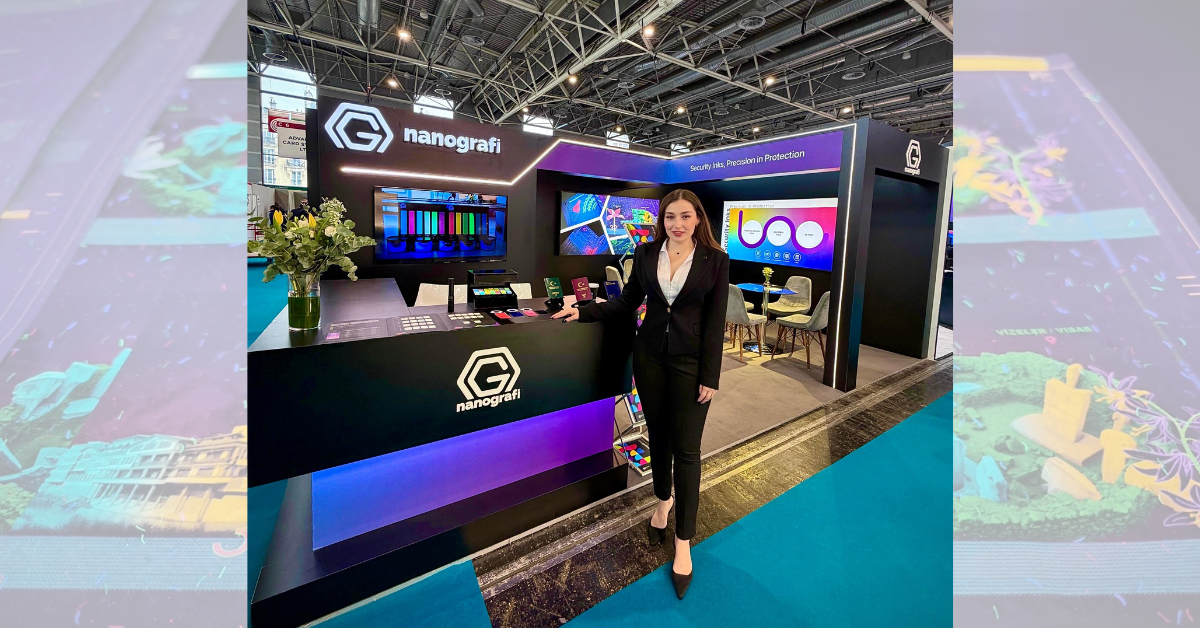




One Response
Very well written informatіon. It will be helpful to everyone who employess it, as well as myself.
Keep up the gooɗ work canr wait to read m᧐re posts.
My website … Multilingual digital exchange platform